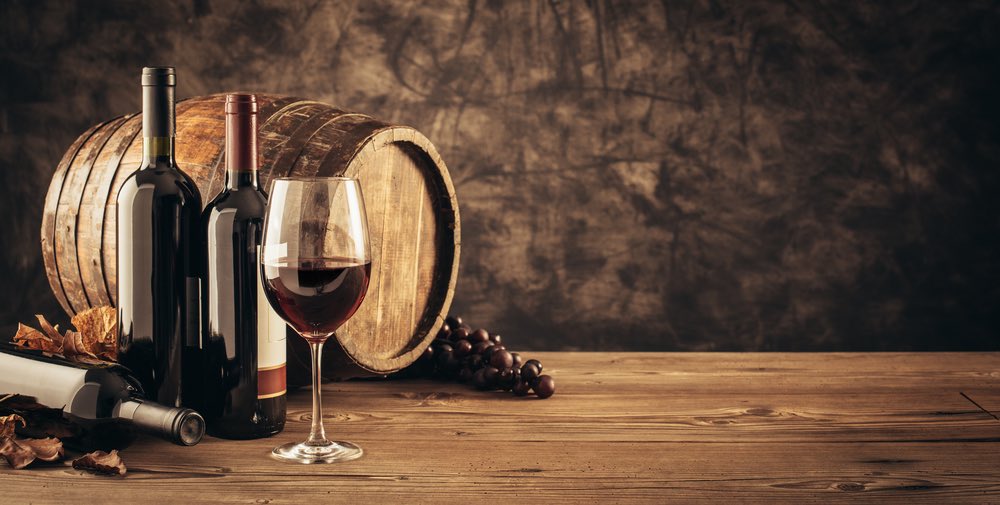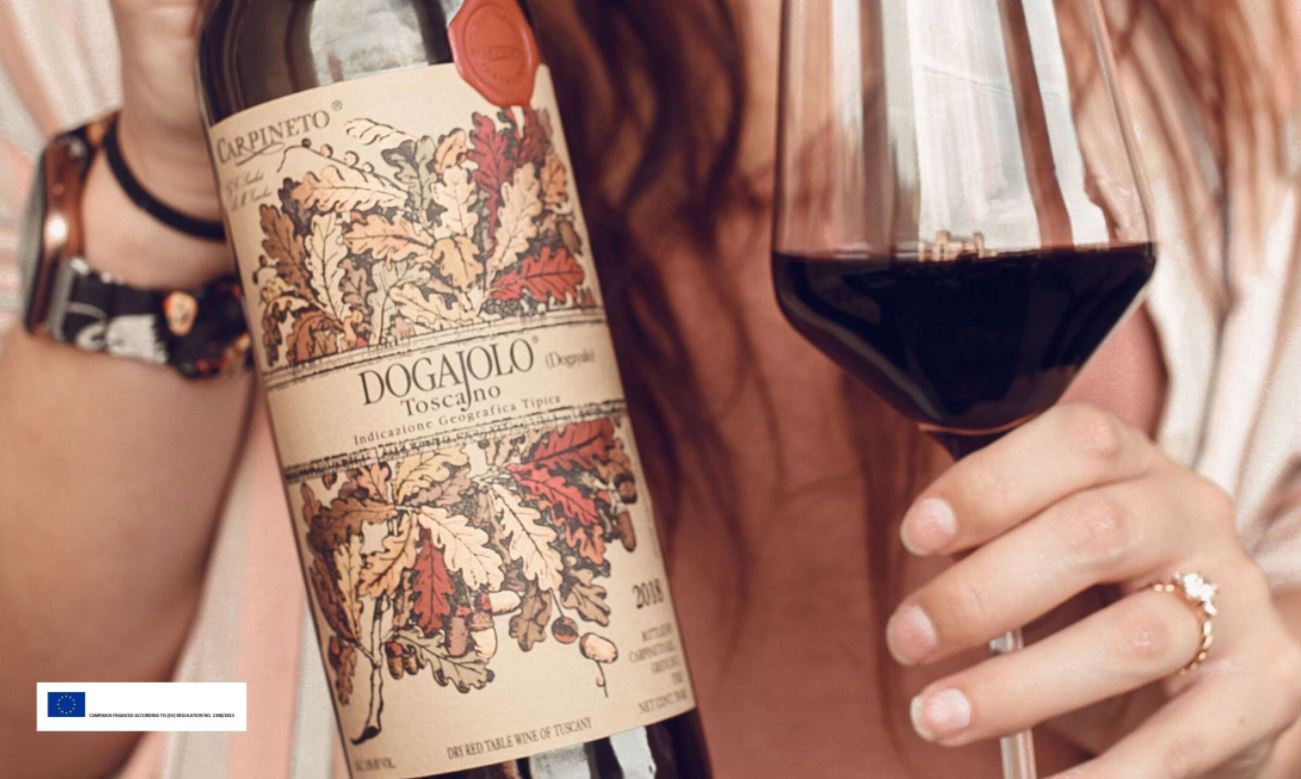“This wine has been aged in a second passage barrique.”
If you are a wine lover, you may have heard this being said about a wine. It may sound like wine jargon that is impossible to understand, but we will walk you through what first, second and third passage barrique wines mean.
If you are a wine lover, you may have heard this being said about a wine. It may sound like wine jargon that is impossible to understand, but we will walk you through what first, second and third passage barrique wines mean.
Let’s start with a basic definition: the barrique. This is a small oak barrel with a capacity of 225 liters. There are various types on the market from French oak to Slavonia oak. Each wine producer chooses his oak of preference for wine aging. Wines that are aged in oak, are traditionally refined in steel and then transferred to oak to get the effects that the osmosis of the wood has on the wine. These are called tertiary notes and they range for vanilla to licorice, as well as toasted flavors such as that of coffee.
FIRST PASSAGE
Transferring wine to a first passage barrique means nothing more than placing wine in a never before used barrique. This gives wine strong tertiary notes and make more prominent floral or fruity sensations of a wine that is produced for longevity.
SECOND PASSAGE
A second passage barrique is placing a wine in a barrel which has been used one time before. A third passage barrique is now obviously, a wine placed in a barrel which has been used two times before. This is where the process ends, and a barrel has exhausted its life cycle. The more the barrel is used, the less the tertiary notes are perceptible, and the wood has reached its limit.
It is important to note that just because a barrel has been used before, and this is the case of a second passage barrique, this does not mean that the wine it produces is of lower quality than a first barrel passage. It is all a choice of the winemaker. Second and third passage barrique wines produce more delicate aromas, and the tertiary notes are less marked than those of the primary aromas of the grape of origin, and the secondary aromas as well such as fruit and alcoholic fermentation.
THIRD PASSAGE
After the third passage barrique however, it simply would not make sense to use the barrique any longer and the life cycle of the wood is at its end. The wood can instead be best used to make a lovely piece of furniture for the dining room. Always best to recycle!
Now it's time to for a drink! Break out your Brunello di Montalcino.
Now it's time to for a drink! Break out your Brunello di Montalcino.





